 A spiral of violence during Bolivia’s ongoing crisis has led to fierce debate about the legitimacy of Jeanine Añez’s interim government and the circumstances surrounding Evo Morales’ resignation. But with agreement reached on holding new elections in 2020, the focus is now shifting towards which viable candidates will emerge from today’s fragmented and fractious political arena, writes Jorge C. Derpic (University of Georgia).
A spiral of violence during Bolivia’s ongoing crisis has led to fierce debate about the legitimacy of Jeanine Añez’s interim government and the circumstances surrounding Evo Morales’ resignation. But with agreement reached on holding new elections in 2020, the focus is now shifting towards which viable candidates will emerge from today’s fragmented and fractious political arena, writes Jorge C. Derpic (University of Georgia).
A single month in Bolivia has seen hundreds arrested, dozens imprisoned, 33 killed, and 804 injured, most of them with gunshot wounds. These are just the gravest of the many outcomes of the crisis that has unfolded since allegations of fraud were levelled at the incumbent president, Evo Morales, during the presidential elections of 20 October 2019. After three weeks of sustained nationwide protests by citizens demanding that their vote be respected, President Evo Morales, Vice-President Álvaro García Linera, and several other government figures resigned over the weekend of 9-10 November.
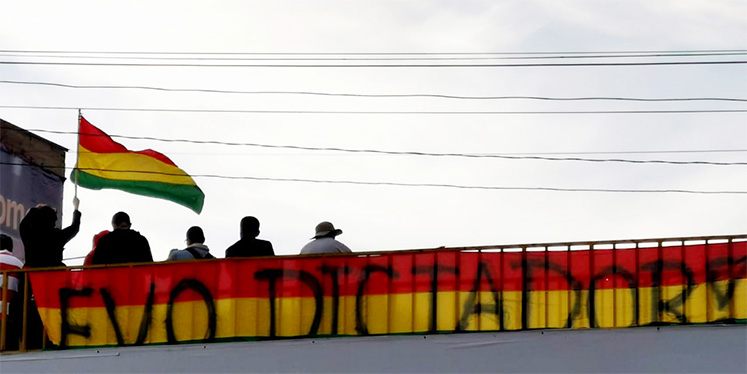
On 24 November, after two weeks in which security forces contained and repressed pro-Morales protesters, interim president Jeanine Añez signed a law for new elections. To understand how events could unfold during this uncertain next stage of Bolivian democracy, we must first reflect in detail on the events of recent weeks.
From resignations to elections in Bolivia
Essentially, with violence escalating rapidly, Morales’ acceptance of calls for a new elections and a new electoral tribunal arrived too late. Physical and armed attacks on anti-Morales students and miners led mobs to set fire to the properties of two state representatives from Morales’ Movement for Socialism party (MAS) in the southern city of Potosí. Hours later, the Bolivian Workers’ Centre, aligned with Morales’ party, asked him to consider the possibility of resigning, as did the military, the police, and the country’s human rights ombudsperson.
Evo Morales and his vice-president Álvaro García Linera ultimately resigned on 10 November, leaving the country the following day after being granted asylum in Mexico. But rather than bringing about an end to violence as expected, Morales’ resignation only seemed to fan the flames.

With Morales resigning in his stronghold of Chapare, where the coca growers’ federations from which he emerged are based, a group of protesters set fire to the Andean indigenous flag outside the governmental palace in La Paz. This flag, known as the wiphala, represents indigenous peoples, was adopted by the MAS and incorporated as a national symbol.
Mobs aligned with the MAS, meanwhile, set fire to the homes both of the head of the La Paz’s Public University, who had been openly critical of Morales, and also of a renowned journalist working for the university’s TV channel. Within a space of minutes, the same mobs torched 64 public buses owned by the municipal government, controlled by one of the MAS’s rival parties.
With violence spiralling, government and opposition legislators agreed to meet in the legislative palace on 12 November to appoint a new president. According to the constitution and Senate bylaws, opposition representative Jeanine Añez was next in the line of succession. However, that session never took place. Despite having agreed to participate, members of the MAS ultimately backed out on the grounds that they feared for their safety.
Jeanine Añez appointed herself president on 12 November 2019 despite lacking a quorum in congress (in Spanish, from Excélsior TV)
Members of the opposition then pushed for Añez to appoint herself president via congress even if the session was attended by too few members to achieve a quorum. When she went ahead and did so, the Constitutional Tribunal – the same body that had allowed Morales to run for a fourth term despite the constitution’s two-term limit – quickly validated her presidency. On the basis of a constitutional ruling from 2001 and article 169.I of the constitution, the Tribunal found that Morales’ acceptance of asylum in Mexico meant that the presidency had been vacated, thereby making it valid for Añez to take power without a congressional vote.
This decision caught MAS representatives by surprise. The party attempted to convene congress to debate Morales’ resignation, whereas Morales himself stated that he would return from Mexico to pacify the country. An audio recording later emerged in which a man alleged to be Morales tells a local leader to maintain blockades until victory is achieved. In the end, a faction of MAS congressmen under the leadership of the Senate’s new president, Eva Copa, was able to agree on a law calling for new elections and a new electoral tribunal.
A constitutional coup?
Debates on the crisis have mostly focused on the questionable appointment of Añez as president, with many seeing her ascent to power as a coup. Such accounts often emphasise events following Morales’ resignation on 10 November, particularly the role of the military and the bible in Añez’s inauguration, as well as the heavy-handed response to street protests from the military and the police. However, they also tend to downplay three-weeks of sustained mobilisations to demand a fair count in the presidential election, during which time the Morales administration became increasingly unable to contain violence from pro- and anti-Morales protesters.
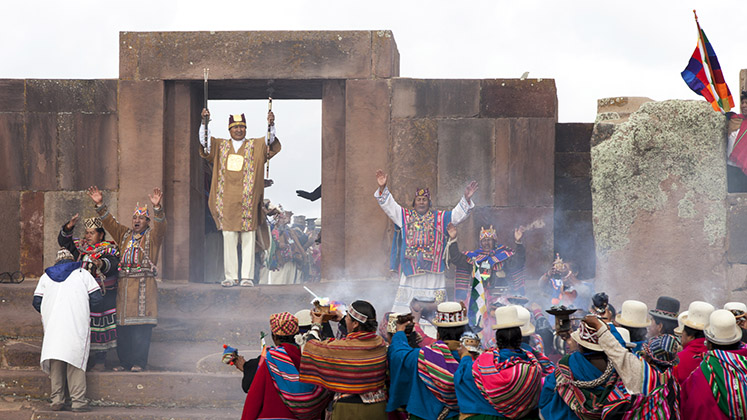
Any framing that starts with Morales’ resignation also leaves out four years of growing discontent after he opted to circumvent the constitution and the result of the 2016 term-limits referendum. To enable Morales’ latest run, the MAS had to resort to a ruling put in place by members of the Organization of American States and activated in the late 1970s at the height of region’s wave of dictatorships.
The Añez administration has taken a tough line with the MAS and street protests, highlighting instances where social mobilisations had turned violent. But in doing this, Añez has already overstepped the bounds of her government’s putatively transitional nature, as its sole purpose was supposed to be to call new elections. It has, for instance, signed a new law exempting the military from responsibility when using physical force for “legitimate defence”. The military in turn violently repressed coca-leaf growers marching on Cochabamba to demand the return of Morales, as well as forcefully removing roadblocks that were preventing access to the gas plant of Senkata in El Alto. These operations left 19 people dead and more than 150 injured. After signing an agreement with social organisations in an attempt to calm tensions, Añez repealed the military-exemption law.
At the same time, the new administration has begun to dismantle the communication and political apparatus of the MAS. The Ministry of Communication has modified the image and editorial line of state-owned media outlets and has terminated its contract with the Venezuela-led international network Telesur, which has tended to support Morales. The administration has also expelled more than 700 Cuban doctors from the country and broken off diplomatic relations with Venezuela. The new government has even issued arrest warrants against former state authorities from the MAS, accusing them of sedition and terrorism.
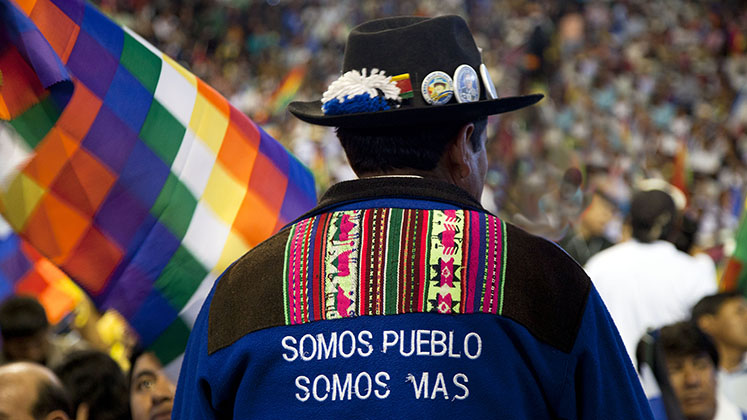
Bolivia’s 2020 elections: fragmentation and new alliances
As the country struggles to return to normalcy through dialogue between the new government and social organisations, attention has shifted to the new elections. Salvador Romero, who was president of the electoral tribunal for Morales’ first win, becomes the first member of its latest board. Congress will appoint the remaining members in the coming weeks.
Some opposition candidates have renewed their calls for unity against the MAS, whereas others – most notably Morales’ closest rivals in the recent election, Carlos Mesa and Gustavo Pedraza – have already announced that they will run again.
Unsurprisingly, conservative leader Luis Fernando Camacho is hoping to reach the presidency by riding the wave of popularity related to this unofficial leadership of recent anti-Morales demonstrations. At his side will the president of the Potosí Civic Committee, Marco Pumari. The pair could benefit not only from Camacho’s significant influence within the Añez administration, but also from the powerful symbolism of their joint bid, which would appear to signal an end to the longstanding regional and political breach between Santa Cruz elites and the rest of the country.
In the meantime, the MAS faces multiple crises. For one, losing control of the central government also means losing the significant communicational and financial advantages that it can provide during a campaign. The party will also have to renew its political leadership, strengthen cohesion amongst different factions, and rebuild its image after the recent crisis.
While Morales and García Linera could potentially run again, reversing their roles as president and vice-president, their absence from the country raises serious doubts about which candidates the party will ultimately select.
Internal disputes between the social organisations behind the MAS are likely to emerge, but there are already two standout figures: Adriana Salvatierra, senator for Santa Cruz, and Andrónico Rodríguez, vice-president of the six coca-growers’ federations in Chapare and second-in-command to Morales. While Salvatierra has built a strong reputation as president of the Senate, Rodríguez could potentially guarantee the presence of Morales’ organisation within the highest echelons of any future government.
Overall, the forthcoming elections will reveal just how much the recent crisis has undermined the power and reach of the MAS and of Morales. While the party’s electoral hegemony had already been declining, Morales’ insistence on running for another term has provided conservative sectors of society with the opportunity to surmount regional divisions and reinvent themselves as standard-bearers of democracy.
Notes:
• The views expressed here are of the authors rather than the Centre or the LSE
• Please read our Comments Policy before commenting


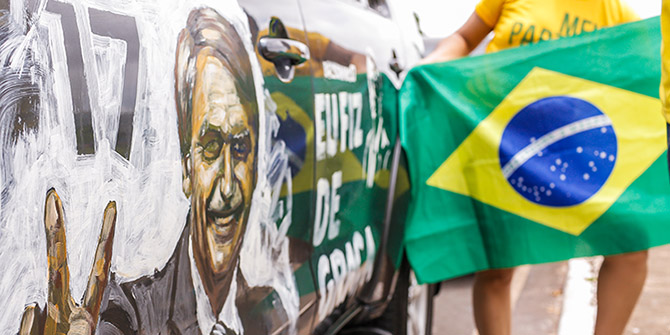
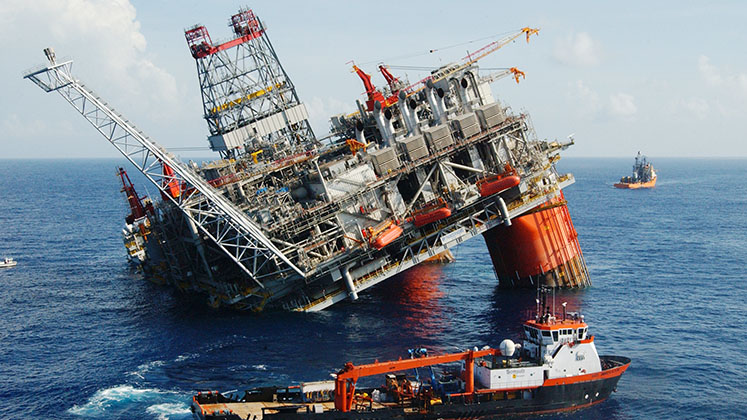
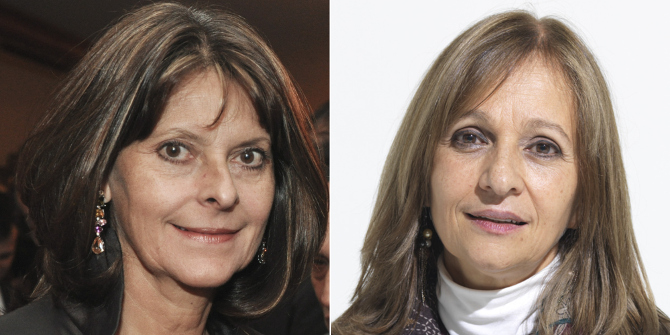
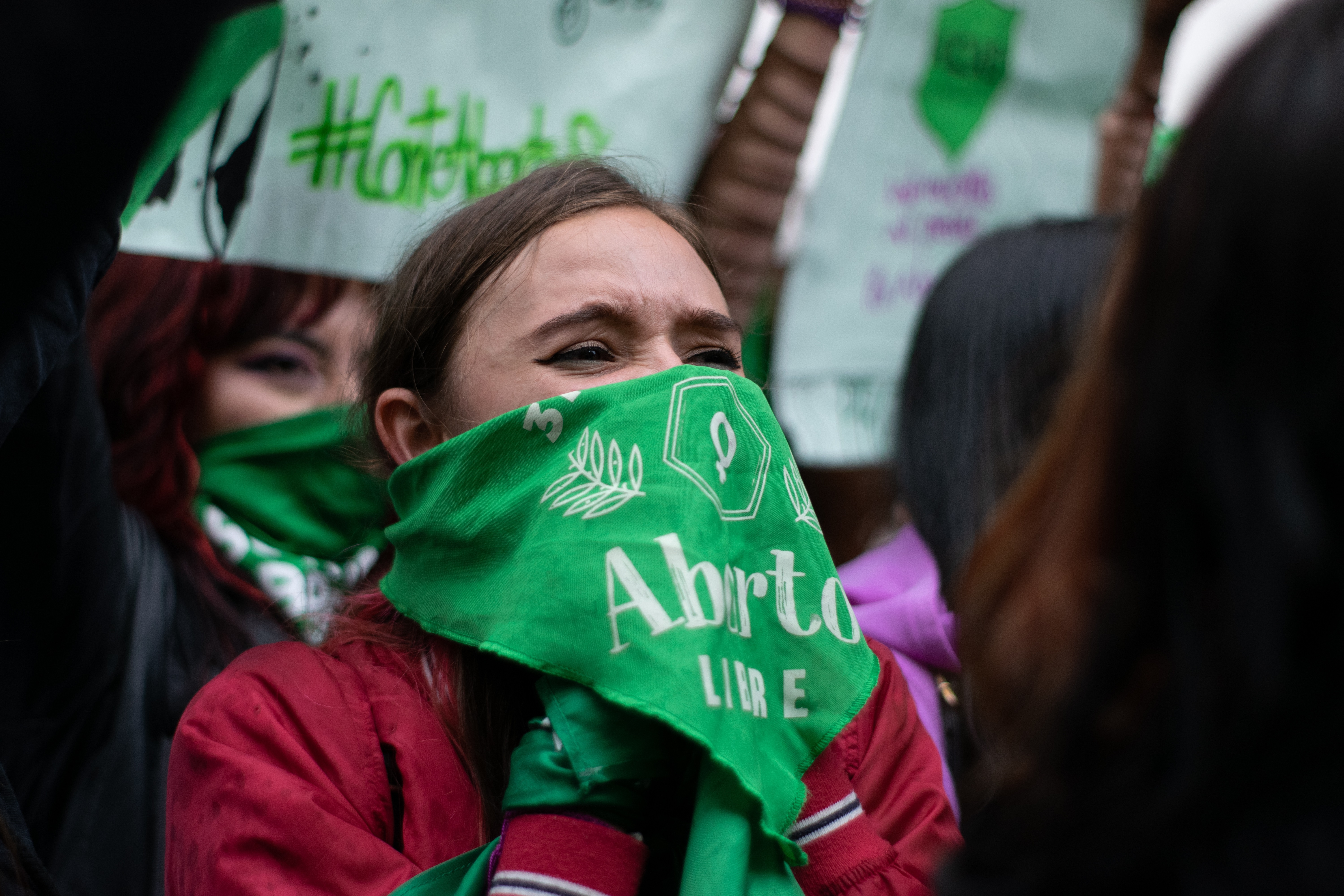
Excellent article on the situation of my country, Bolivia. As well as an excellent follow up to your piece about the Boliviana elections a few days before they happened. I would like to commend you on your search for the truth and your impartiality. I agree with many points of your article, but some I wish you would have made a deeper research on, particularly this section:
“The military in turn violently repressed coca-leaf growers marching on Cochabamba to demand the return of Morales, as well as forcefully removing roadblocks that were preventing access to the gas plant of Senkata in El Alto.”
In my opinion, to remain impartial, it was important to mention that in Cochabamba and El Alto Coca Leaf Growers were heavily armed, to the point of nearly blowing up the Senkata gas plant with dynamite and overpowering the police force on several occasions and the armed forces on one occasion. Which can in no way justify any death, but are important points to mention.
Once again, thank you for sharing your work with us, and I look foreword to reading more your work.
Thank you very much for your comments. I agree, more research as well as independent and impartial investigations are needed on both events.
Very good article dear Jorge, however, there is still a doubt to clear, it is incredible to imagine that the strongest government since the recovery of democracy has come out so fast only because of the peaceful pressure of the Bolivian population. As is known, the Evo government controlled all the powers of a State, like no other government in the history of this country.
Most analysts referred to the Evo Morales government as one of the strongest in Latin America, because unlike other populist countries, Evo had made important economic advances, in poverty reduction and in having managed to maintain the economical stability of the country. The question remains latent, why did Evo leave the country so quickly?
Although we are already on the road to new elections in 2020, trying to answer this question can help make the next government viable.
Thank you very much for your comment. Relevant questions, indeed. Hopefully we’ll get closer to answer them sometime soon.